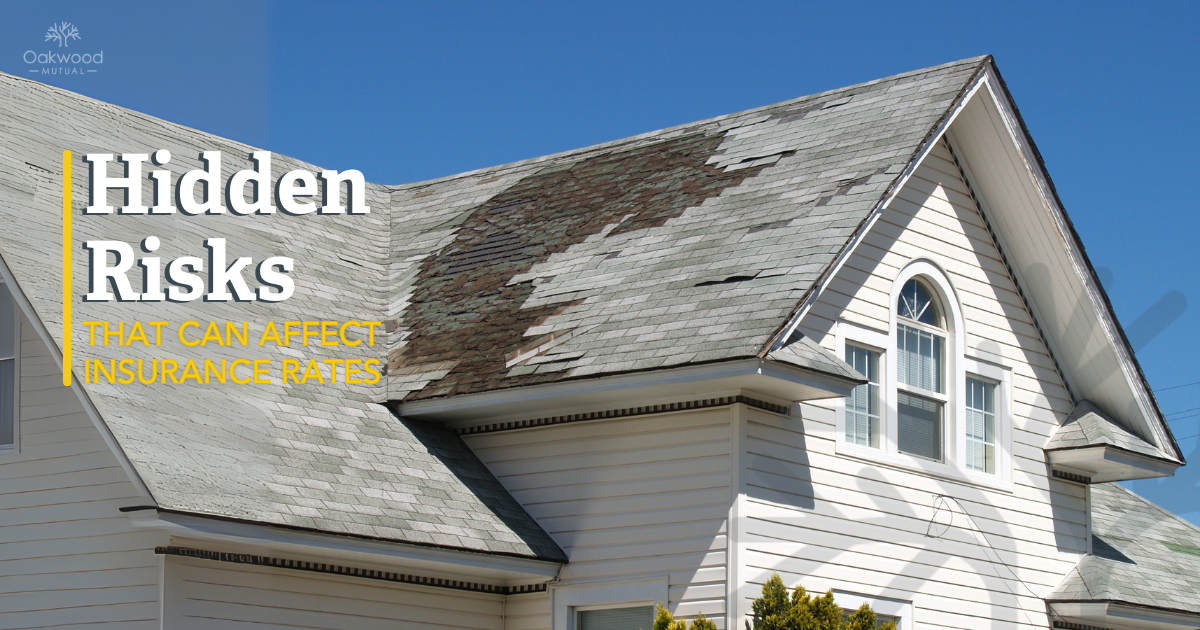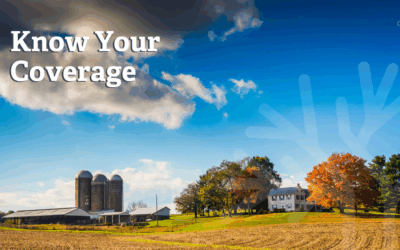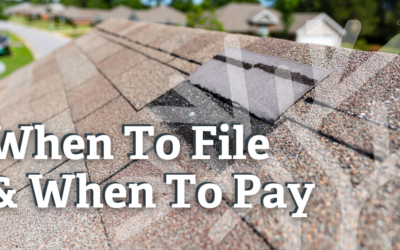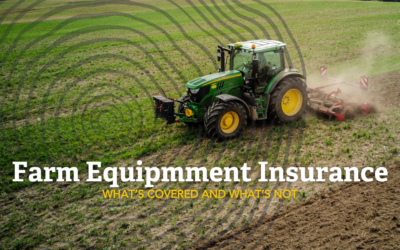Your home insurance premium is influenced by more than just the size or location of your house. Everyday elements like the age of your roof or the distance to the nearest fire hydrant can affect what you pay and may even determine whether you qualify for coverage at all.
For Indiana homeowners, especially those in rural areas served by mutual insurance companies like Oakwood Mutual, understanding these hidden risks is essential to protecting your home and your budget.
Aging Roofs and Outdated Wiring
When assessing your home, insurers pay close attention to the age and condition of your roof. A roof that is approaching 20 years old is more vulnerable to leaks and storm damage, especially during Indiana’s intense spring storm season. Homes with outdated electrical systems, such as aluminum or knob-and-tube wiring, are also flagged for increased fire risk, which can lead to limited or more expensive coverage.
In areas that are prone to wind, hail, or heavy rain, even a small flaw in your roofing or wiring could result in a significant loss. That is why maintaining these systems is not just about safety. It also directly impacts your policy. If you’re not sure where your home stands, scheduling a full insurance review can help you identify potential issues before they affect your coverage.

Liability You May Not Expect
Some risks are not part of your home’s structure but are still considered high-liability exposures. Trampolines, for example, are fun for families but represent a serious injury risk. This can result in increased premiums or limited liability coverage. Certain dog breeds may also raise red flags for insurers regardless of the individual animal’s behavior.
Since Oakwood Mutual evaluates risks using local insight and personal relationships, these factors will not automatically disqualify you. However, they may shape how your coverage is structured. It is important to keep these considerations in mind when making household decisions that may have insurance consequences.
Vacant or Unoccupied Homes
Leaving a home vacant for long periods creates its own set of risks. Whether you are relocating, renovating, or managing a seasonal property, a lack of regular occupancy increases the chances of undetected damage and delayed emergency response.
For example, a slow water leak in a vacant home could go unnoticed for weeks and result in a claim denial due to neglect. These situations are especially common during life transitions, which is why many policyholders schedule an insurance review when making changes to their living situation.
If you plan to leave your home unoccupied, your Oakwood agent can walk you through the options that will keep your coverage aligned with your current needs.
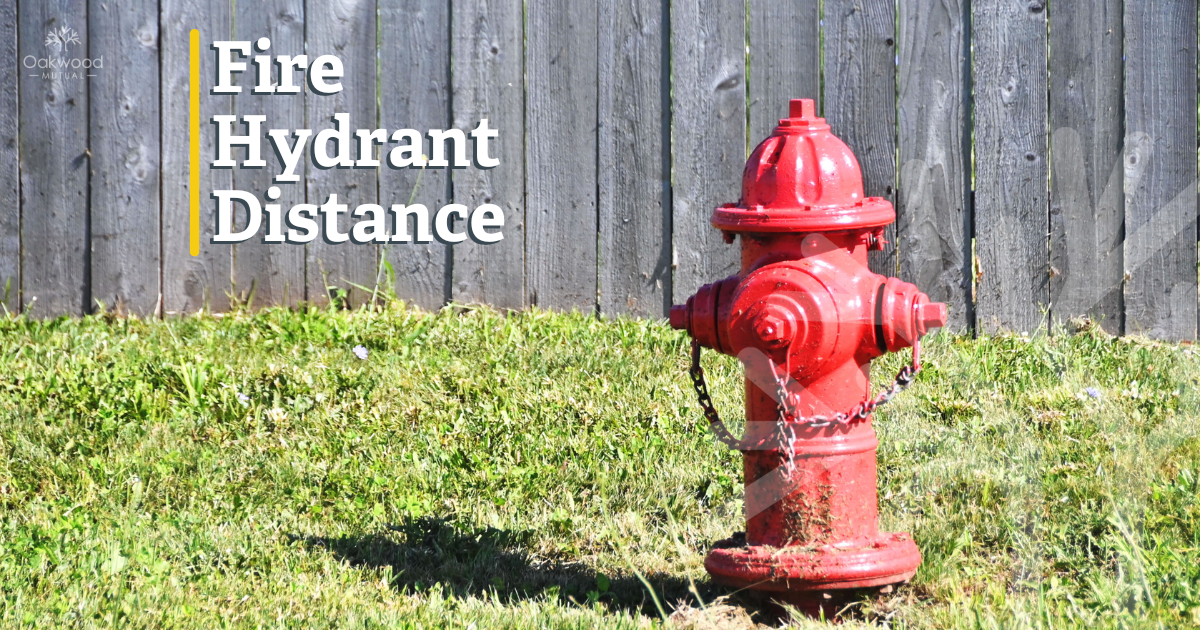
Fire Hydrant Distance and Emergency Access
Living in a rural area offers space and quiet, but it also comes with unique challenges. Homes that are more than 1,000 feet from a fire hydrant or located far from a staffed fire department are often considered higher risk.
This is one reason rural homes can carry different insurance rates than homes in more developed areas. A property with limited water access or a long gravel driveway may experience longer emergency response times. To help lower your risk, make sure your property is accessible for emergency vehicles and that address markers are clearly visible from the road.
Claims History Can Follow a Home
Most homeowners know that filing too many claims in a short period can lead to higher premiums. But what many do not realize is that claims filed by previous owners may also follow the home. This happens through a national database called CLUE, which insurers use to assess the claims history of a property, not just the policyholder.
Let’s say a previous homeowner filed several water damage claims. Even if your record is clean, the property’s history could influence your new policy or your rate. This makes it especially important to review all available information during a home purchase or at renewal time. For more insight, Oakwood’s policy renewal guide explains how claims history and other risk factors affect your long-term coverage.
Understand Your Deductible
Your deductible is the amount you must pay out of pocket before your insurance coverage begins. Higher deductibles usually mean lower monthly premiums, but they also reduce the amount you receive for smaller claims.
For example, if a storm causes $2,400 in damage and your deductible is $2,000, you would only receive $400 from your insurer. In these cases, it may not be worth filing a claim. Paying out of pocket can be a smarter move that helps you avoid rate increases or policy issues later. For more guidance on when to file, check out Oakwood’s blog on claim decisions.

Work With a Local Agent
Many of the risks discussed above can be managed or clarified by working with an experienced local agent. At Oakwood Mutual, our independent agents live in the same Indiana communities as our policyholders and understand how to guide you through risk assessment and policy decisions.
Your agent can help you:
- Confirm whether your home features are increasing your premiums
- Clarify the impact of your deductible
- Review how past claims on your property may be affecting you
- Suggest ways to adjust your coverage for better protection
To connect with an agent near you, use our Find an Agent tool and take the first step toward a more tailored policy. Take the time to review your policy and talk with your Oakwood agent about any updates you need to make. A little attention now can help you avoid much bigger problems later.
